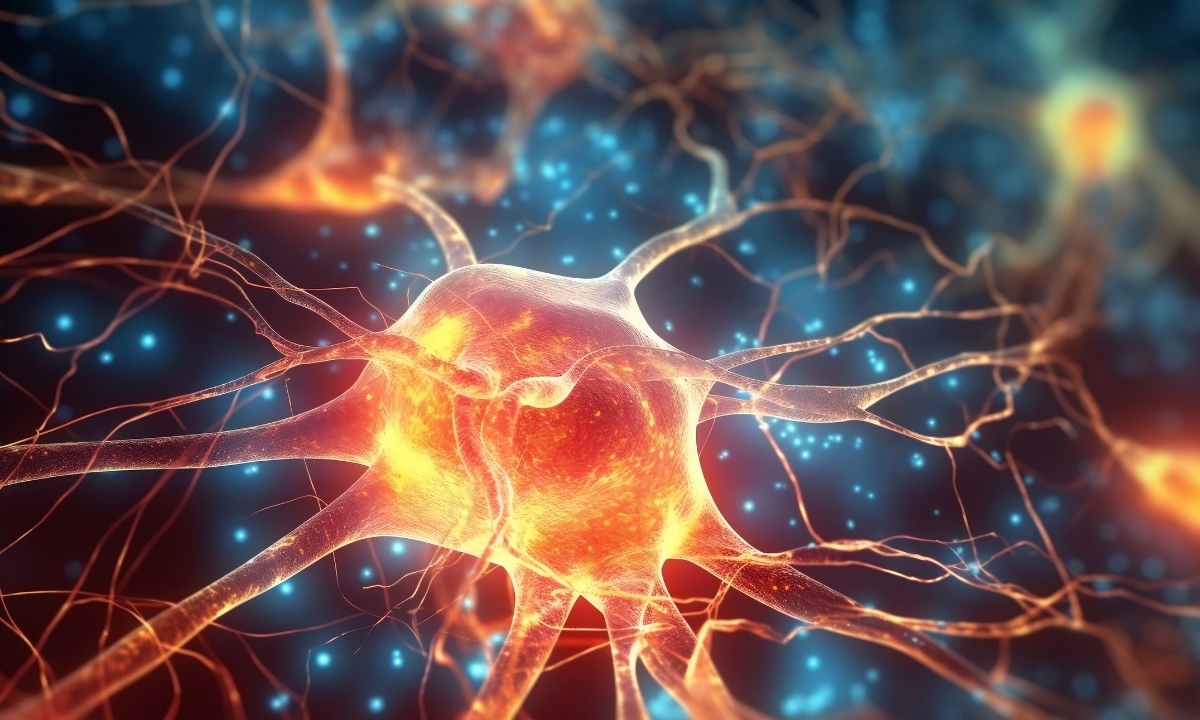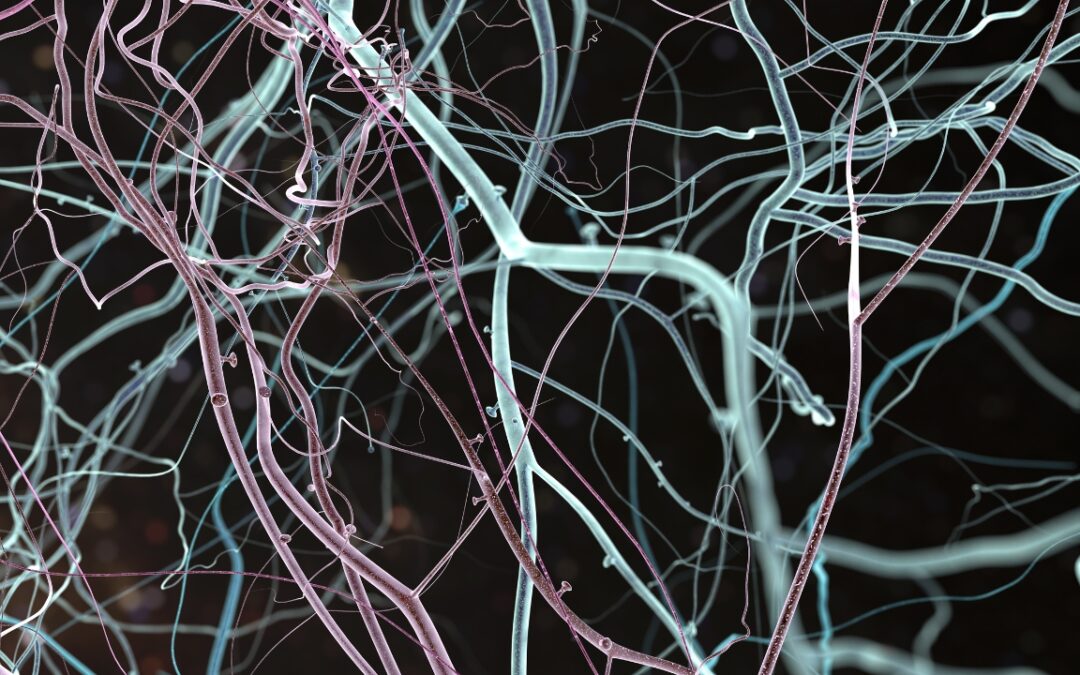“The potential for greatness lives within each of us.” – Wilma Rudolph
As a coach or trainer, we realize that you’re constantly looking for ways to help your athletes achieve new levels of performance. The good news is that whether your athletes are struggling with recurring injuries, unexplained weaknesses, or they’ve hit a plateau in their progress, there’s a powerful tool available that can help. It is Neurokinetic Therapy, or NKT.
NKT is a progressive therapy that addresses the root causes of dysfunctional movement patterns.
Unlike traditional approaches that focus solely on strengthening or stretching muscles, NKT looks at the brain-muscle connection and corrects imbalances that can hinder an athlete’s performance. The benefit to you is that by integrating Neurokinetic Therapy into your coaching toolkit, you can unlock new potential for your athletes, improve their efficiency of movement, and reduce their risk of injury.
Neurokinetic Therapy Explained
Neurokinetic Therapy is a system of movement assessment and treatment that helps identify and correct faulty movement patterns. Developed by David Weinstock, NKT operates on the understanding that the brain controls the function of every muscle in the body. When an athlete experiences pain or dysfunction, it’s often because the brain has created compensatory movement patterns in response to trauma, injury, or overuse.
These compensations can lead to certain muscles overworking while others become inhibited or underused, creating imbalances that limit performance and increase injury risk. NKT works by identifying these compensation patterns, reprogramming the brain’s control over the muscles, and restoring optimal function.
Or, as one physical trainer put it,
“Neurokinetic Therapy is an invaluable tool that will greatly enhance a personal trainer’s repertoire and level of expertise. Clients often come to trainers with old injuries that have subsequently created compensatory patterns or muscular imbalances. Neurokinetic Therapy provides detailed instructions for helping clients regain the muscular control and balance to perform to their potential.”
Why Coaches Should Consider Neurokinetic Therapy
For coaches and trainers, NKT offers a unique opportunity to optimize their athletes’ performance by addressing issues at the neurological level. At Pain and Performance Solutions, we understand the desire of athletes to attain their utmost potential – and the challenge that coaches and trainers face to help them do so. Here are several reasons why Neurokinetic Therapy should be on your radar:
Prevent Injuries Before They Happen
One of the most powerful benefits of NKT is its ability to identify dysfunction before it manifests as an injury. Athletes often develop compensatory movement patterns after minor injuries, repetitive strain, or overuse. These compensations can remain hidden until a major injury occurs, potentially sidelining them for weeks or months.
NKT allows coaches to spot these imbalances early, treating the root cause of dysfunction and preventing injuries from occurring in the first place. By addressing compensations, you can ensure your athletes are moving efficiently and reduce their risk of strains, sprains, and overuse injuries.
Speed Up Injury Recovery
When an athlete gets injured, the brain often compensates by recruiting other muscles to do the job of the injured tissue. While this compensation might allow the athlete to continue training, it often leads to long-term imbalances and recurring pain.
Neurokinetic Therapy helps coaches and therapists reprogram the brain to stop using compensatory muscles and reintegrate proper movement patterns. This allows the injured muscle to heal fully while preventing further issues down the line. For athletes recovering from injuries, NKT can accelerate their rehabilitation and get them back to training faster.
Address Performance Plateaus
Have you ever worked with an athlete who struggles to break through a performance plateau? Despite training hard and following the program, they can’t seem to get stronger or faster. Often, these athletes are held back by neurological imbalances they’re not even aware of.
With Neurokinetic Therapy, coaches can identify hidden compensations that may be preventing full muscle activation. For example, if an athlete’s glutes aren’t firing properly, other muscles like the lower back or hamstrings may be overcompensating. By using NKT to correct the brain-muscle connection, coaches can help their athletes unlock more power and improve performance in ways they never thought possible.
Julian Corwin, founder of Pain and Performance Solutions in Santa Rosa, explains it this way,
“Neurokinetic therapy is a great way for coaches, massage therapists, trainers, athletic trainers, physical therapists, and chiropractors to start to understand how to work with the body and learn muscle testing and learn how to use a therapy localization. Really, it’s a way of exploiting a neurological fact about our hands to tell us more information about the body. And that fact is the fact that much of our brain is dedicated to moving and feeling the hands.”
How NKT Works in Practice
Now that you understand the benefits of Neurokinetic Therapy, let’s review how it works in practice. The NKT process typically follows three steps:
1. Assessment
The first step in NKT is a thorough assessment of the athlete’s movement patterns. The practitioner will test various muscles to identify which ones are overactive (compensating) and which ones are underactive (inhibited). These tests are non-invasive and often involve simple muscle testing to evaluate strength and coordination.
2. Reprogramming the Brain
Once the compensation patterns are identified, the practitioner will use manual therapy techniques to release the overactive muscles. This might involve soft tissue work, joint mobilization, or other hands-on techniques. The goal is to deactivate the compensating muscles, which allows the inhibited muscles to reengage properly.
3. Reinforcing Proper Movement
After the brain-muscle connection is reprogrammed, the athlete will perform specific exercises to reinforce proper movement patterns. These exercises are critical for retraining the brain and preventing the return of old compensations. Over time, this leads to more efficient movement, improved performance, and reduced injury risk.

Integrating NKT Into Your Coaching
As a coach, you don’t have to be an expert in Neurokinetic Therapy to integrate its benefits into your program. Here are a few ways you can use NKT to enhance your athletes’ performance:
-
Collaborate with NKT Practitioners
One of the best ways to incorporate NKT into your coaching practice is by partnering with certified NKT practitioners. These professionals can assess your athletes for compensatory patterns, treat imbalances, and provide you with valuable insights into your athletes’ movement efficiency. By working together, you can create a more holistic program that addresses both physical conditioning and neurological function.
-
Learn Basic NKT Techniques
If you’re interested in becoming more hands-on with NKT, consider taking an Neurokinetic Therapy certification course. Learning the basics of movement assessment and compensation patterns will allow you to identify and address imbalances in your athletes. With this knowledge, you can integrate NKT techniques into your existing training programs and offer your athletes a new level of performance optimization.
-
Incorporate NKT-Informed Exercises
Even without formal training, coaches can still benefit from NKT principles by incorporating exercises that promote proper movement patterns. Focusing on neuromuscular control, balance, and coordination exercises can help athletes maintain optimal movement mechanics and avoid compensatory patterns. Exercises that challenge the brain-muscle connection, such as single-leg drills or functional movement exercises, can reinforce efficient movement and prevent injury.
Success Stories: NKT in Action
Many professional athletes and teams have already embraced Neurokinetic Therapy as a powerful tool for improving performance and reducing injury risk. From NBA players recovering from ankle sprains to marathon runners overcoming chronic knee pain, NKT has proven to be an invaluable asset for athletes at all levels.
Incorporating Neurokinetic Therapy into your coaching practice can give your athletes the edge they need to perform at their best. Whether they’re recovering from an injury, stuck in a performance plateau, or just looking to optimize their movement, NKT offers a cutting-edge approach to unlocking their full athletic potential.
Neurokinetic Therapy for Improved Movement and Performance
Neurokinetic Therapy is more than just another treatment for pain or injury: it’s a revolutionary tool that addresses the neurological imbalances holding your athletes back. By integrating NKT into your coaching practice, you can help prevent injuries, accelerate recovery, and unlock new levels of performance for your athletes
If you’re serious about helping your athletes reach their full potential, NKT is a game-changing approach that every coach should explore.
Call us today at (707) 636-4404 or make use of our online booking form to schedule a consultation and pay a visit to our office.

